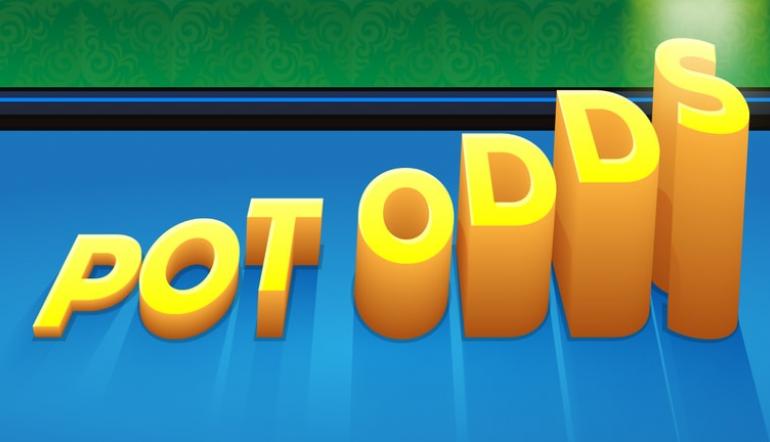Learning the rules and learning how to play poker is a very feasible task. Professional poker training from our site will soon give a positive result, of course, if you prove yourself to be a diligent student.
Get a free poker course. Charts of starting hands and cool software as a gift for each student.
– You will form a strong poker base
Learn how to use software
– Learn strategies for each stage of the game
In the classroom, the trainer will create an individual development plan for you.
Choose your course and apply!

In this lesson, we’ll talk about pot odds, which tell you if there’s enough money in the pot to make your opponent’s bet worth calling. For example, you see the flop and he gives you a flush draw. All you need is one more heart card. “I want to see another card! If I have the ace of hearts, I have the nut flush! Should I call?” When you first start playing poker, you rely on your intuition: “There is a lot of money in the bank! I have to call!”
Everything looks right, but let’s take another look. The basic principle of poker is to fight for the pot if the pot is worth it. How to quickly understand it?
Let’s say you have a flush draw or a straight draw. In 20% of cases, you will collect the desired combination, and in 80%, respectively, you will not collect it. A ratio of 20 to 80 can be regarded as odds of 1 to 4. So if the pot is $80 in this situation, you can call a bet of $20. A $20 bet is comparable to an $80 pot. If the opponent’s bet is higher, then you no longer have a chance to call it, because, having played many such hands, you will lose more than you will win.
Out count
Out is the card that will complete your hand. For example, if you have in your hand and there are two more hearts on the table, then there are 9 outs (9 hearts) in the deck to help you make a flush. There are many ways to calculate the possible odds of getting one of the possible outs. In this lesson, we will present two of them.
Another way to estimate pot odds is the “two rule,” in which we multiply outs by two if we count flop-to-turn or turn-to-river odds, and multiply by four if we count flop-to-river outs. Consider our flush example: nine outs would equal 18% (9*2=18). If you compare with the table above, then the value is different, but not much. By multiplying outs, you do not need to memorize the table or keep it with you at all times. Also, if we calculate the odds from the flop to the river, then we get 36% (9*4=36), which is also not much different from the true odds.

We talked about methods of calculating odds. But there is another important factor that you should be aware of. The best way to show it to you is with an example.
As you can see, we have the opportunity to make the nut flush and the odds of getting it on the river are about 20%, or 1 to 4. The pot is $450 and Player 2 bets $150, which brings the pot up to $600. A pot of $600 will cost you $150. How do we calculate these numbers to understand our chances? Very simply, 600/150 = 4 means a 1 in 4 chance of winning the pot. If you want to determine this as a percentage, it will be more difficult, because you will have to add the amount of the bet to the total amount of the pot. In our example, 150 + 600 = 750. Now, having received this figure, we will calculate the following formula: bet / pot, in our example it will be 150 / 750 = 0.2 or 20%.

This is an additional indicator to the pot odds, showing the ratio of the total amount you can win to the amount you have to bet. For example, you didn’t get the right card, but you assume that your opponent’s cards are worse than yours. You take risks based on implied odds. Implied odds are an important part of playing no-limit hold’em, but as a beginner, you should only consider simple odds, and only after gaining experience think about implied odds. Probabilities are based on mathematics, while implied odds are based on mathematics and psychology, based on information about opponents. Now you know when it is profitable to rely on luck, and when not. Knowing the odds keeps us focused on how our opponents play and turns poker into a game of skill and skill. Another significant point is the bluff in poker. This topic is of genuine interest not only among beginners, and our next lesson will be devoted to it.